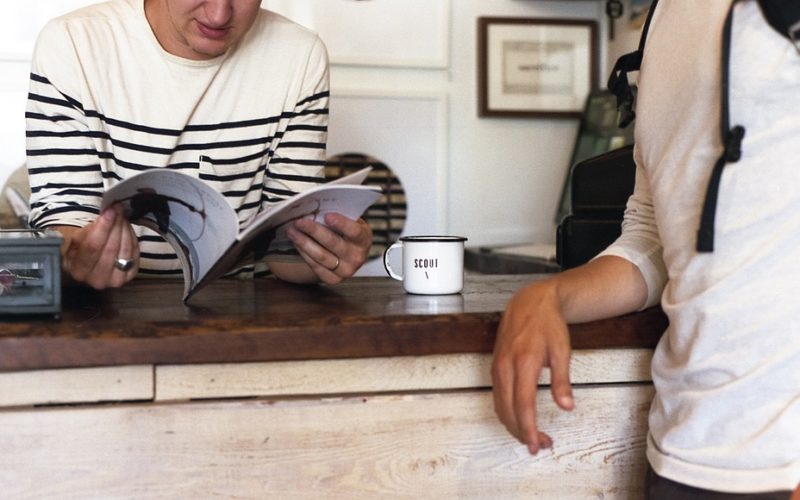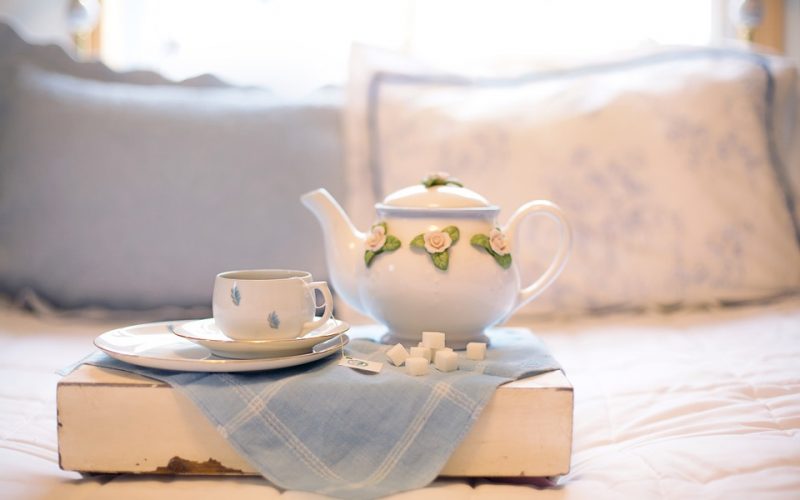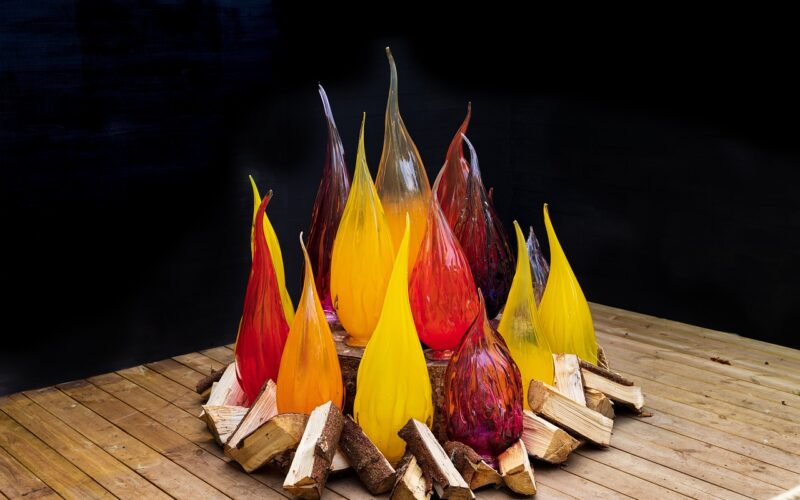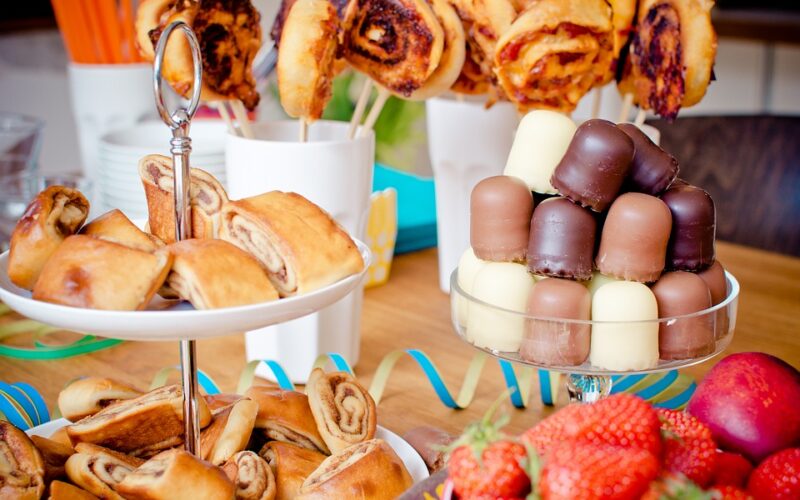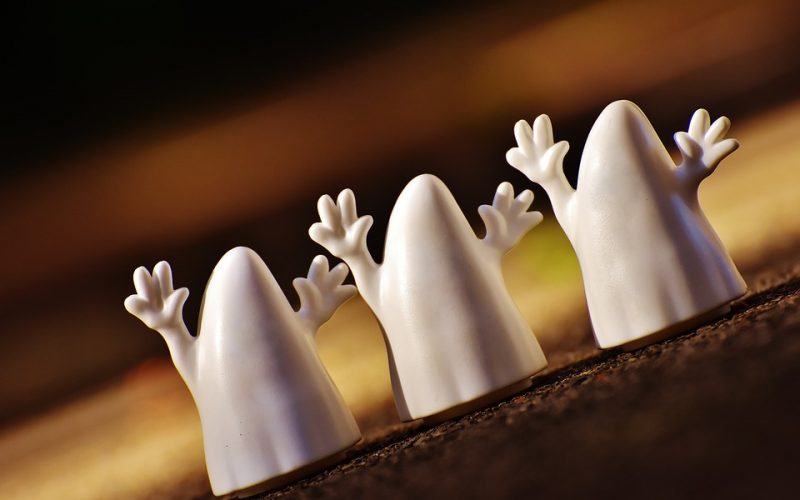Sharing Confidences in the Kitchen
Sharing a kitchen can be one of the most intimate and rewarding experiences for a couple, transforming a daily chore into a creative act of partnership. When two people cook together, they do more than just prepare a meal; they build a shared language of flavours, techniques, and memories.
This collaborative process strengthens communication and deepens connection. Navigating the dance of chopping, sautéing, and seasoning side-by-side requires patience, trust, and a willingness to learn from one another. It's an opportunity to turn off distractions, focus on a tangible goal, and create something nourishing together. The kitchen becomes a space not for conflict, but for collaboration, where successes are celebrated with a delicious meal and mistakes become shared learning moments.
By embracing this joint activity, couples can discover new facets of their relationship, fostering a sense of teamwork that extends far beyond the kitchen counter.
Handwritten recipe cards
A great starting point for this culinary partnership is the sharing of recipes, which are often vessels of personal history and family tradition. To manage this exchange effectively, couples can create a hybrid system that honours both the old and the new. Cherished, handwritten recipe cards from grandparents or annotated pages torn from old cookbooks can be digitised and stored in a shared cloud folder or a dedicated app. This not only preserves these precious heirlooms but also makes them easily accessible.
This digital library can become a living document, a space where you can add new discoveries from food blogs, cooking shows, and travels. You can organise recipes by cuisine, meal type, or even by who introduced it to the partnership. This process of curating a joint collection is an act of blending two histories into one, creating a unique culinary identity for your life together. It’s a way to decide which traditions to carry forward and which new ones to begin.
Offer to demonstrate
Beyond the recipes themselves lies the world of technique, the fundamental skills that bring ingredients to life. Sharing these skills is an invaluable way to empower each other in the kitchen. One partner might have masterful knife skills, able to produce a perfectly uniform dice with speed and precision, while the other may have an intuitive understanding of heat management, knowing exactly when to sear a steak or gently simmer a sauce. Teaching these techniques requires a gentle and patient approach. Instead of criticising, offer to demonstrate.
For instance, you could say, "Let me show you a grip that makes chopping safer," or explain the concept of mise en place—organising all your ingredients before you start cooking—to create a calmer, more efficient workflow. Sharing knowledge about timing, such as when to add different vegetables to a stir-fry so they all reach perfect tenderness simultaneously, elevates the quality of your cooking and reduces stress. This exchange of expertise makes both partners more confident and capable cooks.
Divide roles and rotate responsibilities
To ensure the kitchen remains a space of equality and mutual respect, it's essential to consciously divide roles and rotate responsibilities.
Falling into stereotypical roles can breed resentment and undermine the collaborative spirit. A more dynamic approach involves regularly switching tasks, from menu planning and shopping to prep work and cleaning up. One week, one person might take the lead on chopping and sautéing while the other manages the sauces and side dishes; the next week, you swap. This rotation not only prevents monotony but also ensures both partners develop a well-rounded skill set. It's about seeing the entire process as a shared endeavour rather than a collection of separate jobs.
By communicating openly about who does what, you can create a system that feels fair and balanced, transforming the kitchen from a potential source of conflict into a model of effective and equitable teamwork.
Tasting your creations as a team
The true art of cooking together emerges when you start co-developing flavour profiles and tasting your creations as a team. This is where your individual palates merge to create something truly unique. As a dish comes together, taste it frequently and at different stages.
This is a conversation with the food and with each other. Use descriptive words to articulate what you're tasting. Is it too acidic? Does it need more salt to brighten the flavours, or perhaps a touch of sweetness to balance the heat? Offering constructive feedback is a delicate skill. Frame suggestions positively, such as, "This is delicious. What if we added a squeeze of lime to make the flavours pop even more?"
This collaborative tasting process is a creative dialogue that allows you to experiment, adjust, and refine a dish until it perfectly suits your combined tastes, resulting in meals that are a true reflection of your partnership.
A beautifully crafted meal
Presentation is the final flourish, the act of transforming your delicious food into a feast for the eyes. Plating is a skill that combines artistry with an understanding of composition, and doing it together can be incredibly fun.
Think about the principles of visual appeal: colour, texture, and negative space. A splash of green from a fresh herb can lift a monochromatic dish, while a sprinkle of toasted nuts can add a welcome crunch. Consider using the plate as your canvas, arranging elements to create height and visual interest. The quality of your dinnerware can dramatically elevate the dining experience. A beautifully crafted meal deserves to be served on equally beautiful plates. Serving your creation on elegant English fine bone china, for example, adds a layer of sophistication and care.
The delicate yet durable nature of fine bone china makes every meal feel special, its translucence and brilliance showcasing the colours and textures of your food. Even a simple weeknight pasta dish feels like a gourmet experience when presented on high-quality bone china, turning your joint culinary effort into a true celebration.
Anchor points in your life
The goal of cooking together is to ritualise the experience and create lasting traditions that you can cherish for years to come.
This might mean dedicating one night a week to trying a new, ambitious recipe, or establishing a tradition of making a specific meal for birthdays or anniversaries. It could be a lazy Sunday morning spent perfecting pancake-making, or a project like learning to make fresh pasta from scratch. These rituals become anchor points in your life, consistent moments of connection amidst the busyness of the everyday.
They are the stories you will tell, the flavours that will forever remind you of your time together in the kitchen. By intentionally creating these shared culinary traditions, you are not just making food; you are building a rich tapestry of shared experiences, one delicious meal at a time.
